The house of your dreams is within reach, but a crucial question looms: how much should you put down? Do you need to aim for a substantial 20% or more, or is 10% – or even less – a more viable option for you?
In this article, we will dissect the pros and cons of making a large down payment. Whether you’re eyeing a home in Seattle or purchasing your first property in the great state of Texas, understanding these dynamics is key to the down payment on a house that works for you.
The National Association of REALTORS® shares, “Despite the current attention around buyers paying all-cash for homes, the majority of home buyers finance their home purchase. Among primary residence buyers, 74% percent financed their home purchase, a share that rises to 91% among first-time buyers. When financing a home, buyers typically have a down payment.” So, let’s explore the advantages and disadvantages of making a significant upfront investment and see what makes the most sense for you.
What is a down payment?
A down payment is the initial capital contribution made by a buyer towards a property’s purchase price.
- It represents the portion of the home’s cost not covered by the mortgage.
- Typically expressed as a percentage of the total purchase price.
- Establishes the buyer’s immediate equity in the property.
- Reduces the mortgage principal, leading to lower monthly payments and total interest over time.
- Acts as a risk mitigant for lenders by lowering the loan-to-value (LTV) ratio. This reduced ratio signifies a smaller proportion of the home’s value is being financed, thereby decreasing the lender’s exposure to potential losses should the borrower default. A lower LTV can also qualify borrowers for more favorable loan terms and potentially eliminate the requirement for private mortgage insurance (PMI).
Pros of a large down payment on a house:
- Lower monthly payments: You’ll be borrowing less overall, and that directly translates to your monthly mortgage payments being noticeably lower. Think of it this way: the less money you have to take out as a loan, the smaller the principal amount that your bank calculates your payments on. This means more breathing room in your monthly budget, which can be a huge relief.
Example: Typically, for every additional $1,000 you put down, you can expect your monthly payment to decrease by approximately $6 to $10.
For instance, if you have a $300,000 loan at a 6.5% interest rate over 30 years, putting an extra $1,000 towards your down payment could reduce your monthly bill by about $7, according to CBS News. This might seem like a small amount, but these savings add up significantly over the life of your loan.
- Reduced total interest paid: By borrowing less, you’ll pay less interest over the life of the loan, saving you a significant amount of money in the long run. Consider a scenario where you’re deciding between a 5% down payment and a 20% down payment on a $300,000 home.
With a 5% down payment, you’d be borrowing $285,000. With a 20% down payment, you’d only need to borrow $240,000. This is because interest is calculated on the remaining principal balance, so a smaller principal means less interest charged each month, and thus, less interest paid overall.
- Increased equity: A large down payment gives you more immediate ownership (equity) in your home, which can be helpful for future decisions like selling or taking out a home equity loan.
- Avoiding private mortgage insurance (PMI): With a conventional loan, a down payment of 20% or more typically allows you to avoid paying PMI, a monthly fee that protects the lender and increases your monthly payment.
- Lower interest rate: Lenders often view borrowers who make larger down payments as less risky and may offer a lower interest rate on the mortgage.
- Better loan terms: A larger down payment can improve your overall financial profile, potentially leading to more favorable loan terms and a greater chance of loan approval.
- Stronger offer: In a competitive housing market, a larger down payment can make your offer more attractive to sellers and increase your chances of having your offer accepted.
Cons of a large down payment:
- Less financial flexibility: While a large down payment offers many benefits, it’s vital to consider the trade-offs. Tying up a substantial amount of cash in your down payment significantly reduces your liquidity.
This can limit your ability to handle unexpected expenses or pursue other investment opportunities that might arise. In fact, according to the National Association of REALTORS®’ 2024 Profile of Home Buyers and Sellers, 49% of recent home buyers used their savings to finance their home purchase, a notable decrease from 54% the previous year. This trend suggests that while savings are a primary source for down payments, buyers might be becoming more cautious about completely depleting their liquid assets.
- Opportunity cost: The money you use for a large down payment could potentially earn a higher return if invested elsewhere, like in the stock market.
- Delayed homeownership: Saving for a large down payment can take time, potentially delaying your entry into the housing market.
If property values in your desired area are rising, the home you could afford today might be significantly more expensive by the time you’ve saved up that larger down payment. You could find yourself chasing an ever-higher target, potentially negating some of the savings you’re diligently accumulating.
- Risk of home value depreciation: If the value of your home decreases, a large down payment means you could lose a portion of your initial investment. Imagine putting down 20% or even 30% on a home, only for the market to dip sharply.
In such a scenario, the equity you thought you had built could quickly erode, leaving you “underwater” — owing more on your mortgage than your home is worth. This isn’t just a theoretical risk; economic downturns and localized market shifts can and do impact property values. Essentially, the more cash you tie up upfront, the more you stand to lose if the market turns sour.
- Limited access to funds: Money tied up in your home is not easily accessible in case of a financial emergency.
Tips to save for a mortgage down payment
Saving for a mortgage down payment is a significant financial undertaking, but with a strategic approach, it’s an achievable goal. Here are some key tips to help you get there:
| Tips | Action |
| Set a Clear Goal and Timeline | Research Home Prices: Understand average costs in your desired area to estimate your needed down payment (e.g., 3-20% of home price) and factor in 2-5% for closing costs. Calculate Your Target: Divide your total down payment goal by your savings timeline to determine monthly savings needed. |
| Create and Stick to a Detailed Budget | Track Your Spending: Use apps or spreadsheets to see where your money goes and identify areas for cuts. Identify “Wants” vs. “Needs”: Prioritize essential spending and reduce discretionary costs. The 50/30/20 Rule: Allocate 50% of after-tax income to needs, 30% to wants, and 20% to savings/debt. |
| Automate Your Savings | Separate Account: Open a dedicated high-yield savings account for your down payment to earn interest and prevent impulsive spending. Automatic Transfers: Schedule regular transfers from your checking account to your savings account on payday. |
| Reduce Expenses | Shop for Better Rates: Compare quotes for insurance (car, renter’s, health), cable, internet, and cell phone plans. Refinance Debt: Consider refinancing high-interest credit cards or student loans to free up monthly cash. |
| Explore Down Payment Assistance Programs | First-Time Homebuyer Programs: Look into state, county, and local grants or low-interest loans.
Employer Assistance: Check if your employer offers down payment assistance as a benefit. Gift Funds: Family contributions are allowed with a “gift letter” from the lender. |
- Set a clear goal and timeline:
- Research home prices: Understand the average cost of homes in your desired area. This will give you a realistic idea of the down payment amount you’ll need (e.g., 3%, 5%, 10%, or 20% of the home price). Don’t forget to factor in closing costs, which can be 2-5% of the loan amount.
- Calculate your target: Once you know your target down payment (and closing costs), divide it by the number of months you’re giving yourself to save. This will show you how much you need to set aside each month.
- Create and stick to a detailed budget:
- Track your spending: Use budgeting apps or spreadsheets to meticulously track every dollar you spend. This will reveal where your money is actually going and identify areas for cuts.
- Identify “wants” vs. “needs”: Be honest with yourself about discretionary spending (eating out, entertainment, subscriptions, new clothes, etc.). Even small cuts can add up significantly over time.
- The 50/30/20 rule: A popular guideline is to allocate 50% of your after-tax income to needs, 30% to wants, and 20% to savings and debt repayment. Adjust this as needed to prioritize your down payment.
- Automate your savings:
- Separate account: Set up a dedicated high-yield savings account exclusively for your down payment. This makes the money less accessible for impulse spending and allows it to grow with interest.
- Automatic transfers: Schedule automatic transfers from your checking account to your down payment savings account on each payday. Treat this transfer as a non-negotiable bill.
- Reduce expenses:
- Shop for better rates: Compare quotes for insurance (car, renter’s, health), cable, internet, and cell phone plans. You might be able to save hundreds annually.
- Refinance debt: Look into refinancing high-interest debt like credit cards or student loans to lower your monthly payments, freeing up cash for savings.
- Explore down payment assistance programs:
- First-time homebuyer programs: Many states, counties, and local governments offer programs, grants, and low-interest loans specifically for first-time homebuyers. These can significantly reduce the amount you need to save.
- Employer assistance: Some employers offer down payment assistance as part of their benefits package.
- Gift funds: If family members are willing to help, gift funds can be used, but lenders will require a “gift letter” to confirm the money isn’t a loan that needs to be repaid.
By combining disciplined budgeting, smart savings strategies, and exploring available assistance, you can make your dream of homeownership a reality.
Frequently asked questions: down payment on a house
If you’re wondering how much of a down payment to make, plenty other prospective homebuyers are too. That’s why Redfin Real Estate broke down some of the most commonly asked questions.
Is a 20% down payment on a home mandatory?
While a 20% down payment has long been considered the traditional benchmark in real estate, it is not universally mandatory for purchasing a home. Many loan programs, such as FHA, VA, USDA, and even some conventional options, allow for significantly lower initial capital contributions. However, opting for a 20% down payment offers a range of substantial financial advantages and can strategically position buyers more favorably.
Can you buy a house with no money down?
Yes, it’s possible! Certain loan programs, like VA loans (for eligible veterans and service members) and USDA loans (for properties in eligible rural areas), allow you to purchase a home with 0% down. Some credit unions and specific lender programs may also offer low or no-down-payment options.
When do you pay the down payment on a house?
Your down payment is typically paid at the closing of your home purchase. Any earnest money you provide when making your offer will usually be credited towards this total at closing. You’ll work with the title or escrow company to finalize the payment via wire transfer or cashier’s check on closing day.
Do you need a down payment when refinancing?
No, you generally do not need a down payment when refinancing a mortgage. You’re not buying a new home; you’re replacing your existing loan. Lenders will instead assess your home equity and creditworthiness. However, you will still typically need to cover closing costs associated with the refinance, though sometimes these can be rolled into the new loan.
Next steps
- Use Redfin’s Affordability Calculator to get a good estimate of the amount you should spend.
- Go a step further by using our free Mortgage Calculator to figure out how much you need to save for a down payment to keep your future home within your budget.
If you have checked all the boxes and are ready to buy, get connected with a Redfin real estate agent who will serve you with excellence from start to finish.

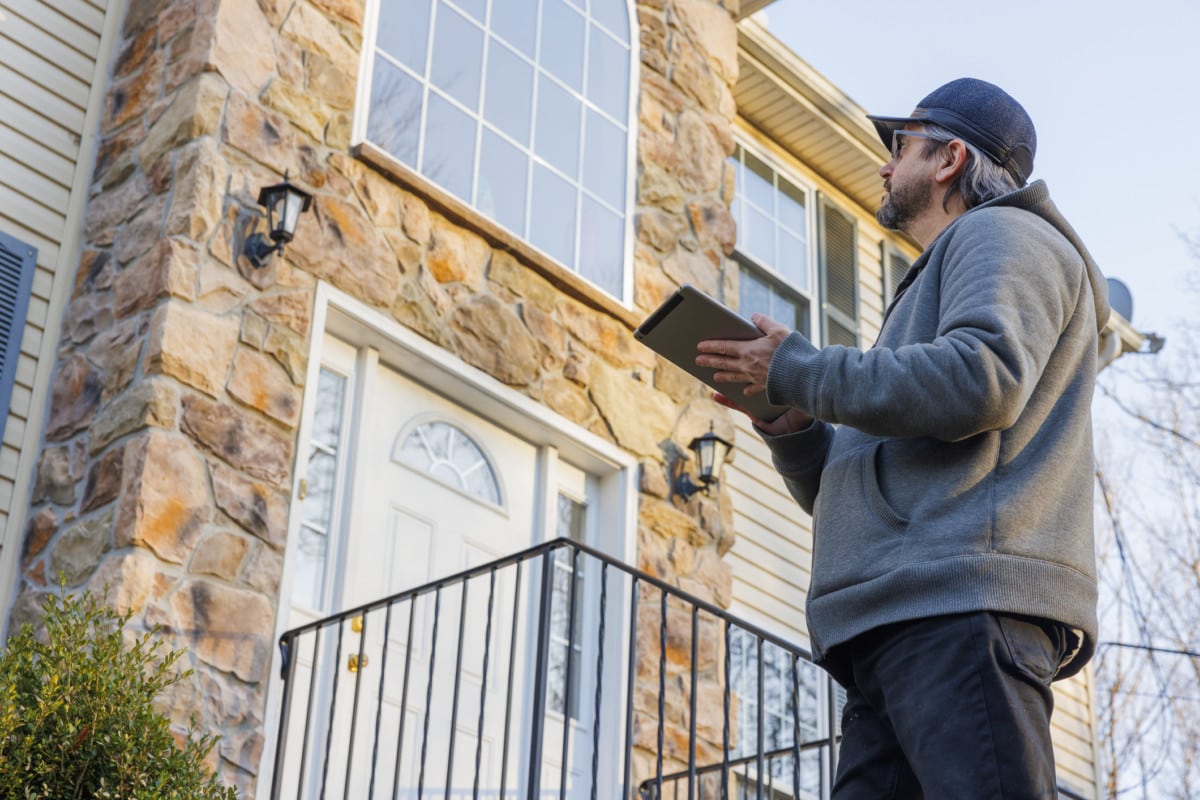


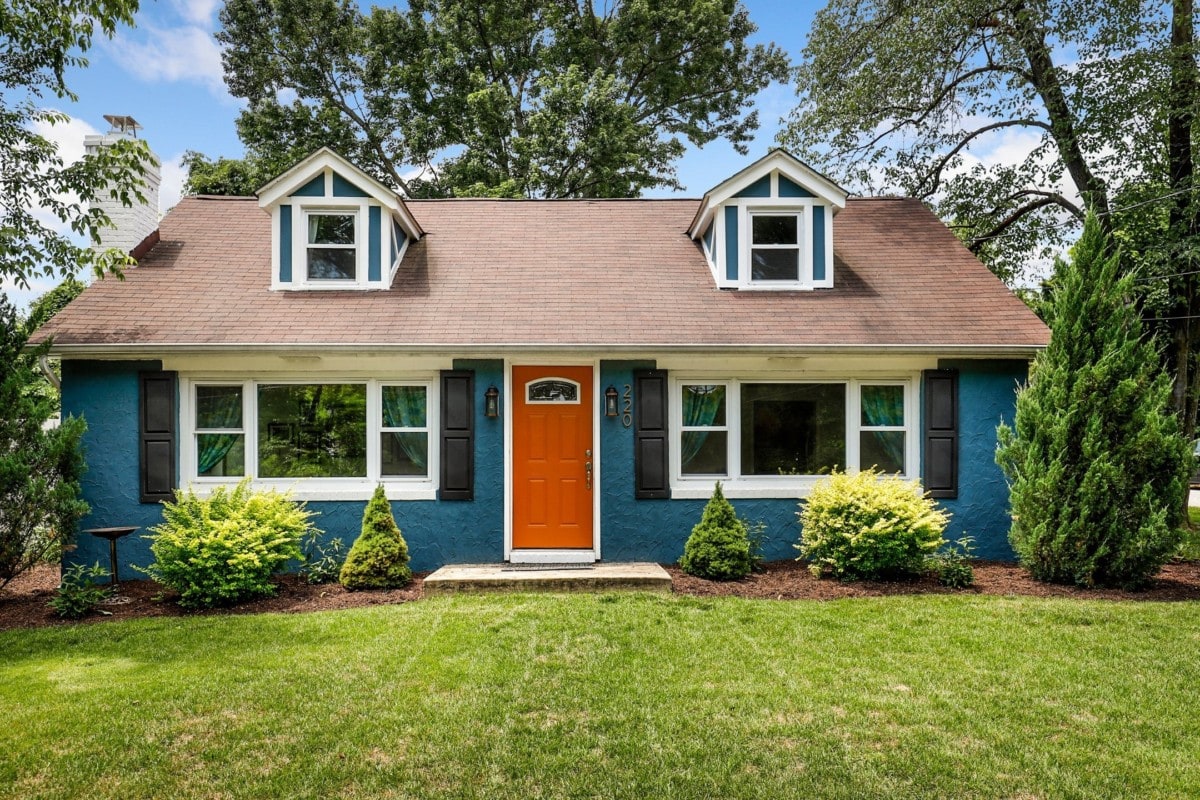


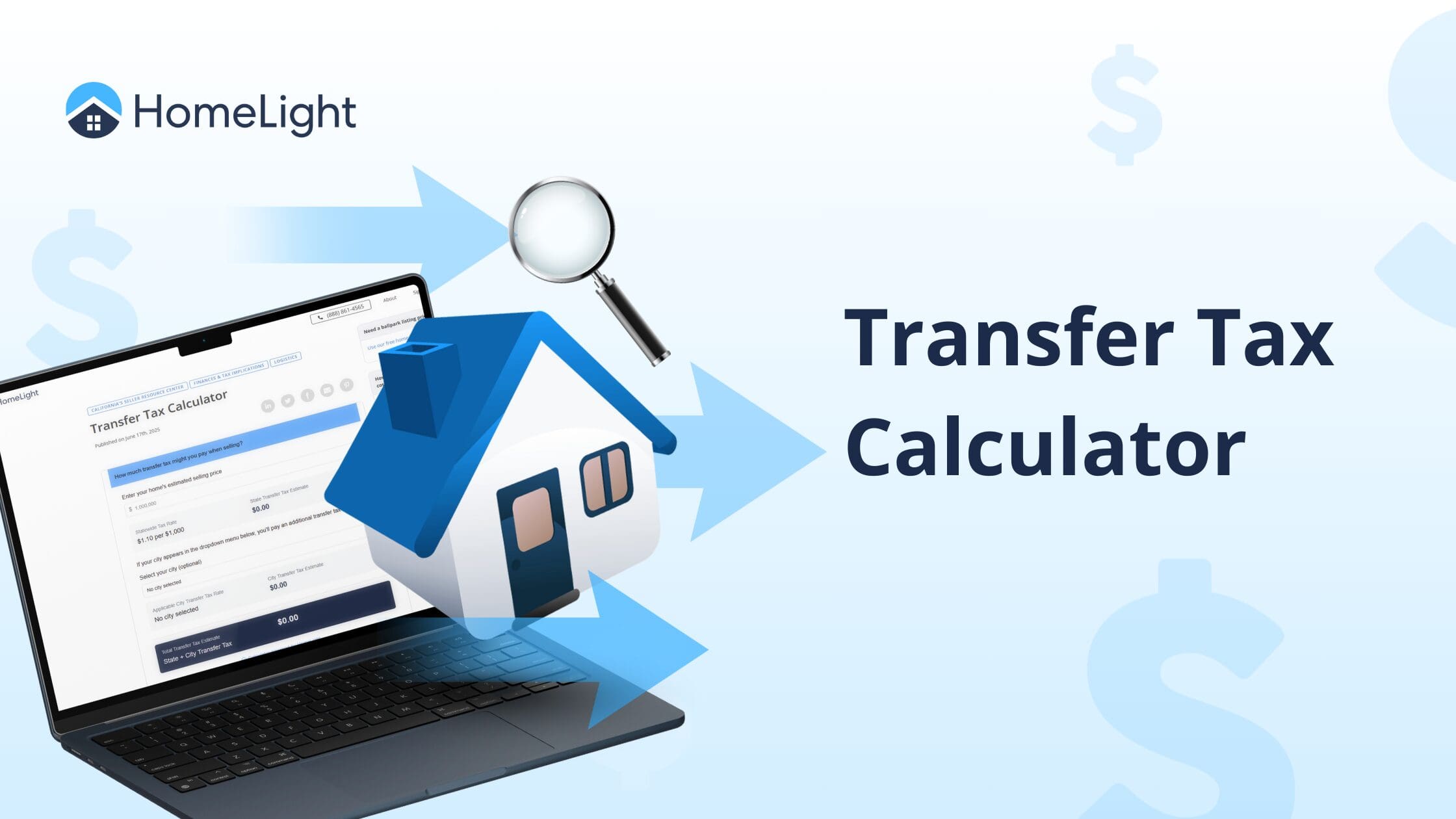




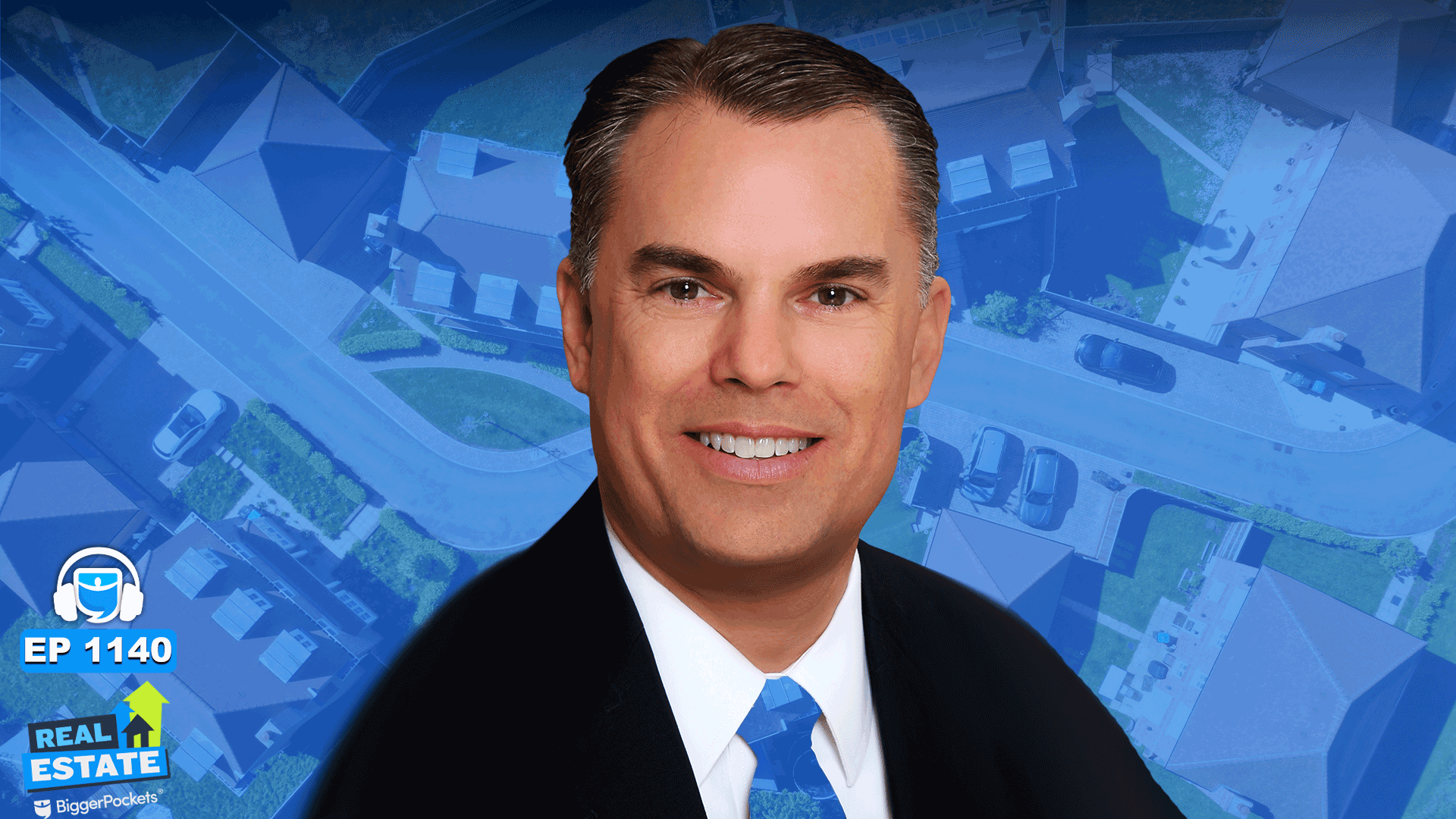
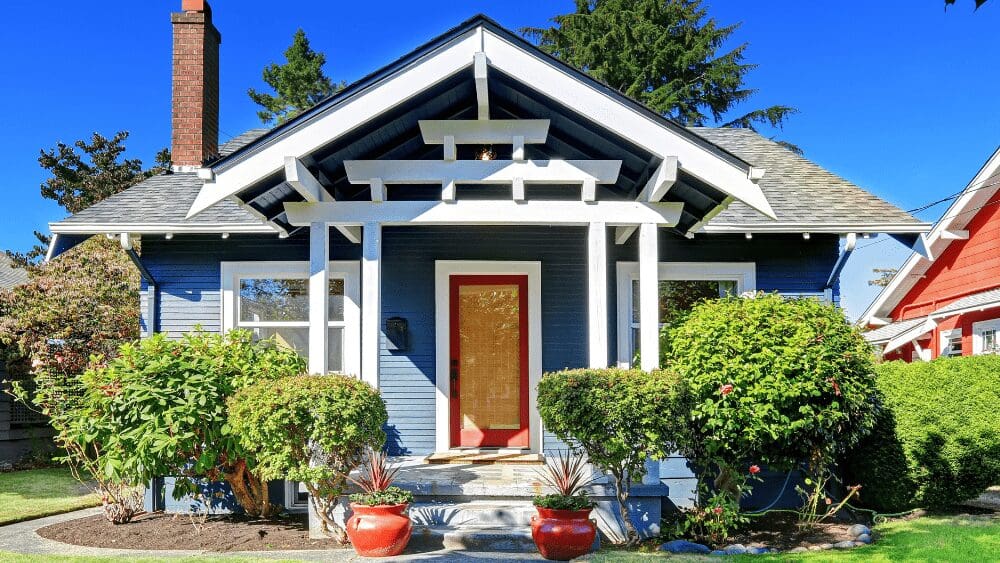




 English (US) ·
English (US) ·